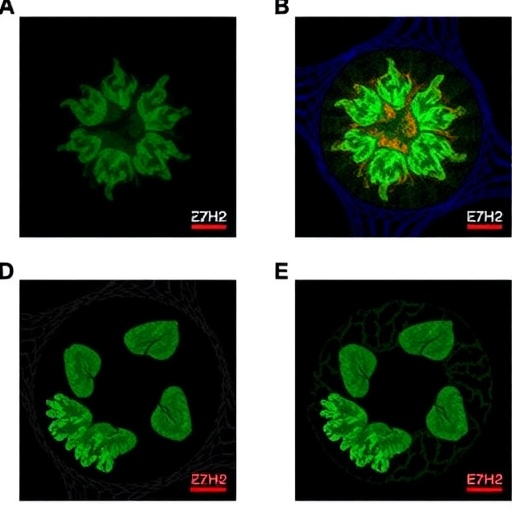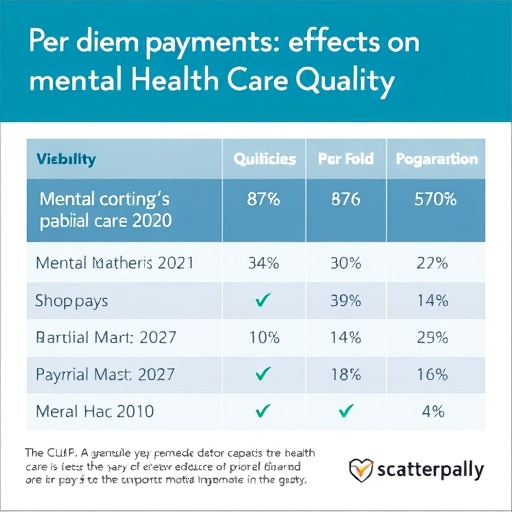SAN ANTONIO — Thousands of patients with congestive heart failure benefit from automatic implantable cardiac defibrillators (AICDs) that deliver shocks to the heart to correct abnormal heart rhythms. These defibrillators improve survival in patients who are at risk for sudden cardiac death.
AICDs administer shocks based on data from intra-cardiac electrocardiograms (ECGs) obtained from leads that measure the heart’s electrical activity. However, do these devices receive enough information to shock accurately in all cases?
“Existing systems in patients primarily sense the ECG,” said Marc D. Feldman, M.D., professor of cardiology at UT Health San Antonio. “They don’t sense blood pressure or stroke volume — how much blood is being pumped out of the heart. Since physicians in the emergency room measure blood pressure and stroke volume at the time of an abnormal heart rhythm before deciding to shock the patient, we believe AICDs should do the same.”
Dr. Feldman worked with UT Austin electrical engineers Jonathan W. Valvano, Ph.D., and John A. Pearce, Ph.D., to help create a smarter implantable defibrillator.
Results presented in New Orleans
On March 17 at the American College of Cardiology’s 68th Annual Scientific Session in New Orleans, Dr. Valvano and Dr. Feldman’s recent graduate student, Lucas Holt, Ph.D., presented study results from his Ph.D. project. The study, conducted in large animals with heart failure, showed that a reprogrammed AICD can accurately track stroke volume in addition to ECG readings.
“In this study, we replicated what happens in humans,” Dr. Feldman said. “The animals had heart failure and implanted defibrillator leads. We proved that we could use the same leads and modify the information extracted by these leads to measure stroke volume accurately.”
The researchers have not studied whether the updated defibrillator eliminates unnecessary shocks, Dr. Feldman said. The hope is that, with complete information, shocks will be delivered only when needed or withheld when not needed.
More accurate identification of when to shock
“We believe people may be able to avoid unnecessary and traumatic shocks when the stroke volume is normal,” Dr. Feldman said. “But when the stroke volume is low, the device will more accurately identify patients who need to be shocked. So it will help in either fashion.”
JACC: Clinical Electrophysiology, a journal of the American College of Cardiology, published the findings concurrently with Dr. Holt’s presentation in New Orleans. He spoke during a session titled “Highlighted Original Research.” “Usually this is done only when something is deemed important to the journal reviewers and to the American College of Cardiology,” Dr. Feldman said.
Manoj M. Panday, M.D., head of the Section of Cardiac Electrophysiology at UT Health San Antonio, treats defibrillator patients on a daily basis. He was not involved directly in the current studies, but said: “Detection of changes in stroke volume may help to prevent inappropriate shocks and improve the ability of the device to deliver therapy for clinically significant arrhythmias that need to be treated.”
In a previous study published in the journal Heart Rhythm in October 2017, the team showed that a reprogrammed automatic defibrillator could serve as a warning system of congestive heart failure in human patients.
###
This research is supported by a $2 million grant from the National Heart, Lung, and Blood Institute of the National Institutes of Health. Additional support was from the Texas Emerging Technology Fund. Dr. Feldman is the Janey Briscoe Distinguished Professor of Medicine in the Joe R. and Teresa Lozano Long School of Medicine.
Stay connected with UT Health San Antonio on Facebook, Twitter, LinkedIn, Instagram and YouTube.
The University of Texas Health Science Center at San Antonio, now called UT Health San Antonio®, is one of the country’s leading health sciences universities. With missions of teaching, research, healing and community engagement, its schools of medicine, nursing, dentistry, health professions and graduate biomedical sciences have produced 36,500 alumni who are leading change, advancing their fields and renewing hope for patients and their families throughout South Texas and the world. To learn about the many ways “We make lives better®,” visit http://www.
Media Contact
Will Sansom
[email protected]
Related Journal Article
https:/
http://dx.




